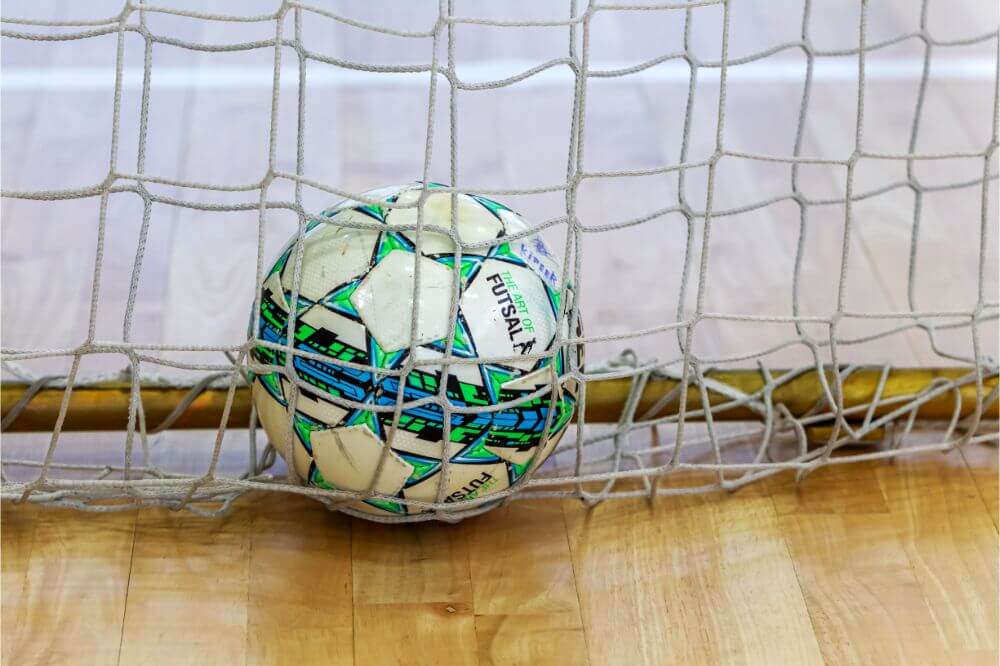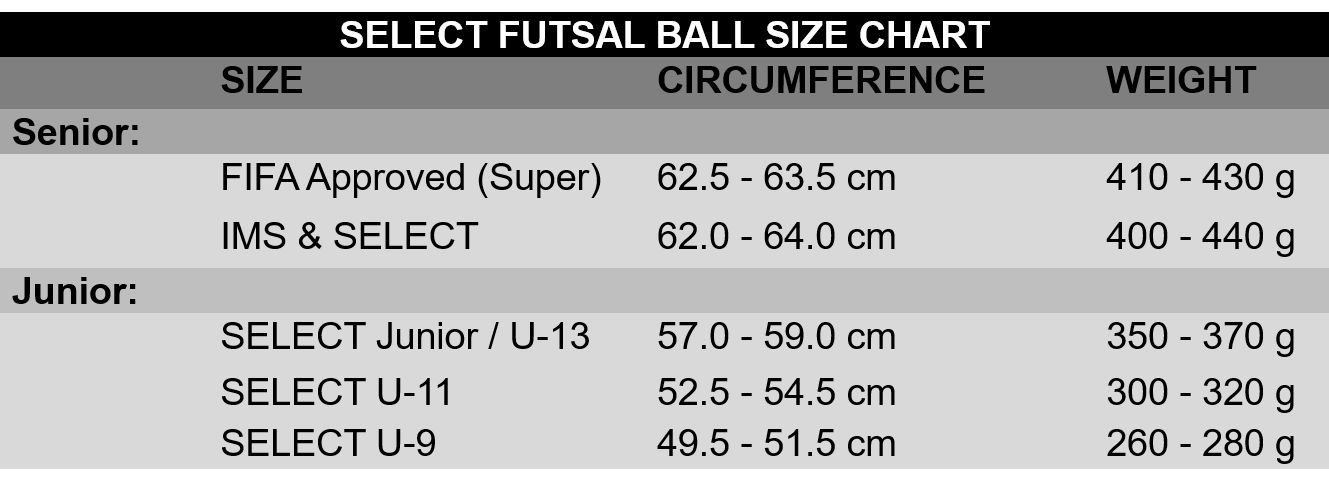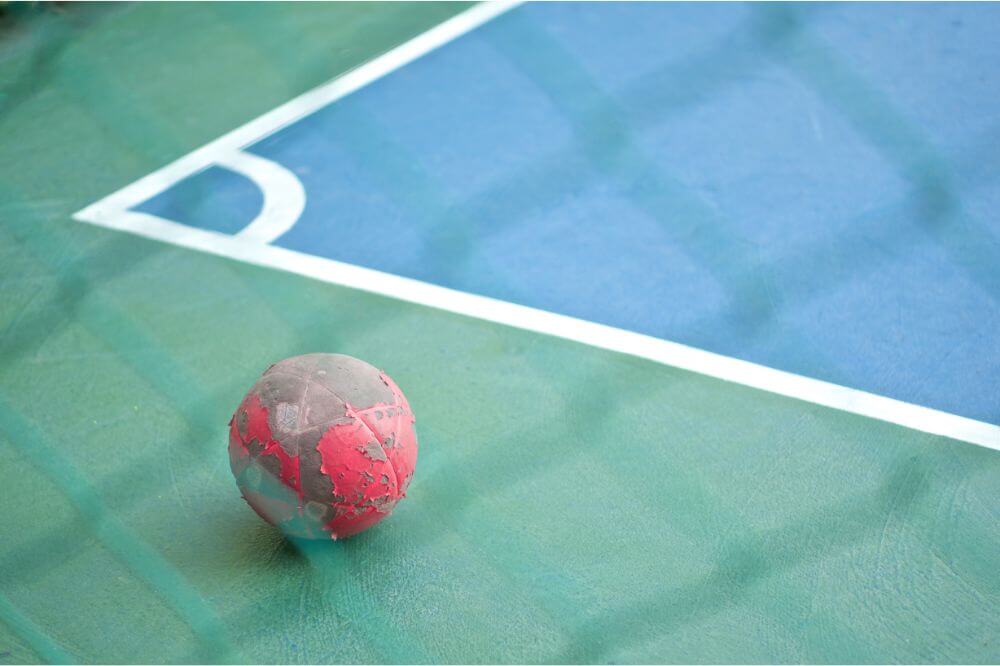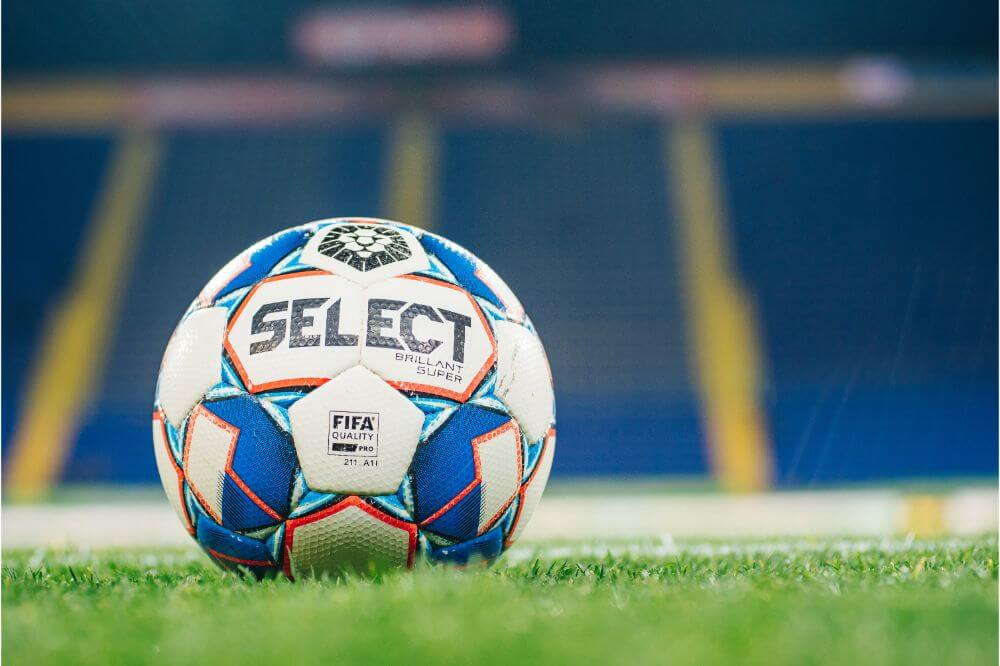The Futsal ball
So many questions surround this mysterious ball. Some people believe the futsal ball is heavier than a regular soccer ball. Some people believe that a futsal ball is “weighted” to make it heavier. Some other soccer loving people believe that a futsal ball could hurt others… Well let’s review the futsal ball and figure out which one you should buy if you are in the market for an excellent futsal ball.Unlike several myths we hear out there, a Futsal ball is not necessarily a heavier ball. It is, however, different. A professionall size futsal ball (Which is about the same size of a regular size 4 SOCCER ball) actually weighs LESS than the professional size 5 soccer ball. So when your child is playing with a size 5 soccer ball, they are actually playing with a heavier ball than if they were playing with a Senior Size Futsal ball.So why does the futsal ball seem heavier? or why do some people believe the futsal ball is “heavier”? After speaking to a few futsal ball manufacturers, I learned the futsal ball is stuffed with cotton. So we went out and purchased a futsala ball to openn it up and review the filling of the futsal ball. This is what we found. It is true that some futsal balls are filled with either cotton or some form of filling that will help it maintain a lightweight, but also take up space inside the ball to reduce the bounce.The Futsal ball, which is known for its reduced bounce or low-bounce futsal ball, is smaller than a normal outdoor soccer ball and just a tad heavier only when compared to the same size ball. For example, a size 4 soccer ball is lighter than a SENIOR size futsal ball.

According to FIFA, the specifications are as follows for a size 4 futsal ball, which is better known as SENIOR futsal ball. • Size: #4• Circumference: 62-64 cm (25-26 inches)• Weight: 390-430 grams (13-14 grams)• Bounce: 55-65 cm on first bounce• Material: Leather or other suitable material (i.e., not dangerous) These futsal ball properties are specifically designed to build confidence and develop skill and technique. When a Futsal ball is received, it virtually ’sticks’ to the foot of the player. This is one of the advantages of playing and training with a futsal ball, the player develops quicker than when using a regular soccer ball. The specifications of the futsal ball aid in building great confidence in tight spaces when rapid passes are made repeatedly in futsal games and futsal trainings.
Check out the Futsal Ball Specifications and properties article to learn more.

Interestingly, that same property which makes the futsal ball easy to receive makes it more difficult to strike a powerful shot. A Futsal ball gradually eliminates the “lazy pass” from players who have bad technique. Since the futsal ball is heavier, players must quickly get acquainted with the qualities good technique of passing and striking, which is bending the knee, turning the hips, and striking the futsal ball firmly to drive it. Constant touches and experience with the futsal ball eventually assist in translating those techniques outdoors with a soccer ball. This translates into a firmer and proportionately longer pass appropriate for the bigger field when necessary. Many countries and coaches around the world also claim that smaller size futsal ball encourages more precise striking of the ’sweet spot’ of the futsal ball. If one works during the offseason on striking a Futsal ball, then a larger bouncier ball is struck with greater confidence and authority in the 11 a side game.

A Futsal ball is ripped to reveal the inside.
I recently learned from a Brazilian coach that soft passes in Brazil are viewed as offensive. Futsal players believe that if you give them a “soft pass” you are telling them that they can’t control a hard pass. I found this to be interesting and probably why Brazil has a culture of really well technically trained futsal and soccer players. Their culture demands that they control the ball at all times, regardless of the pass. You can learn more about futsal player development by reading this article Soccer Development and Futsal.
Conclusion:
So what size futsal ball should you buy? depends on your age. read this article for further details on choosing the correct futsal ball, but generally speaking, futsal balls come in 3 different sizes, MINI, JUNIOR, and SENIOR.
A MINI futsal ball is used for kids under 7 years old. A JUNIOR Futsal ball is used for kids 12 and under, and a SENIOR futsal ball for kids 13 and older.
For further reading and to learn more about the difference between futsal and soccer, read Futsal VS Soccer.
